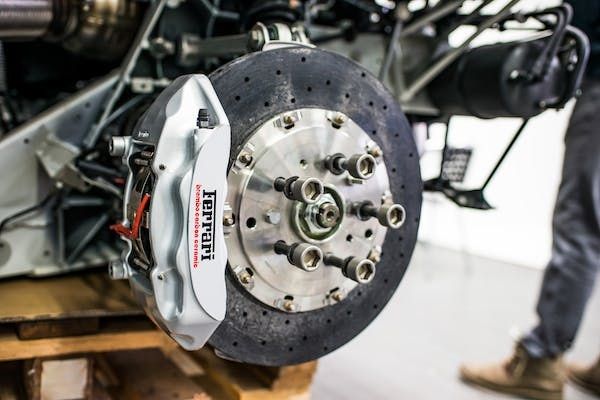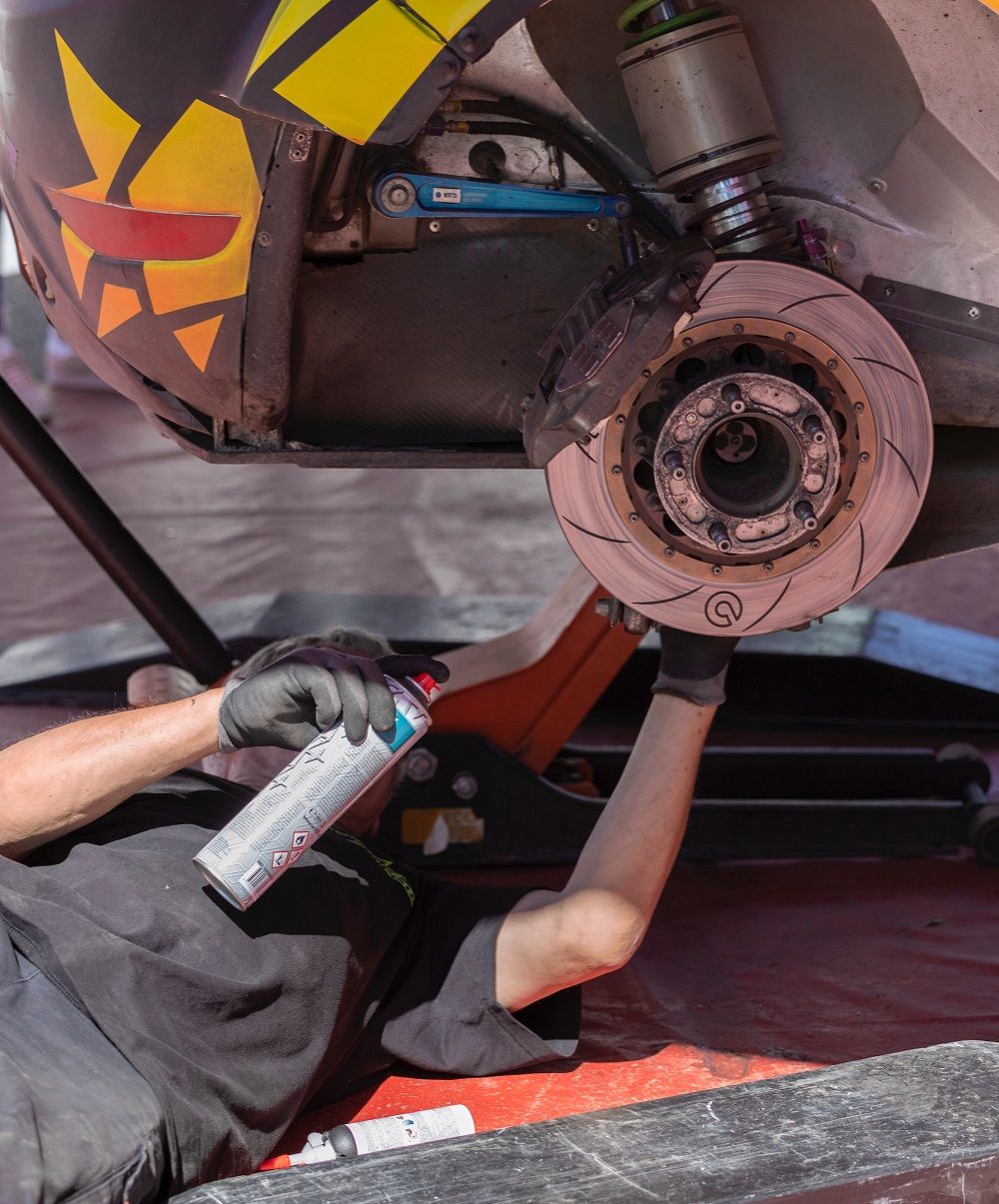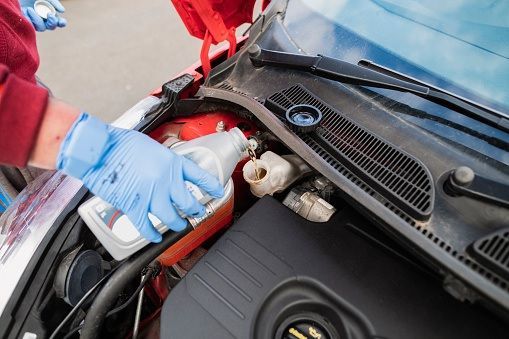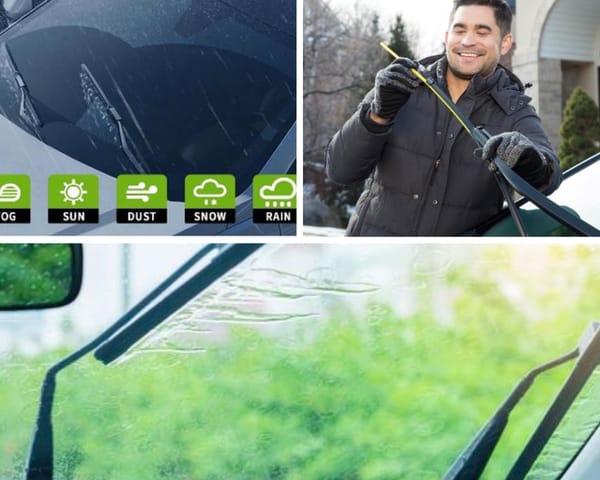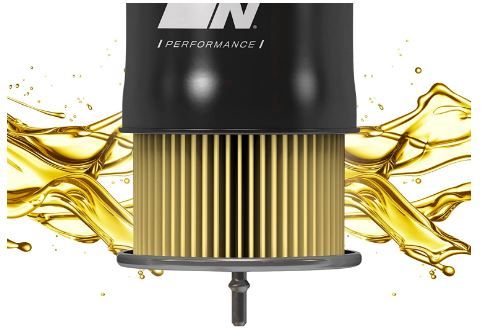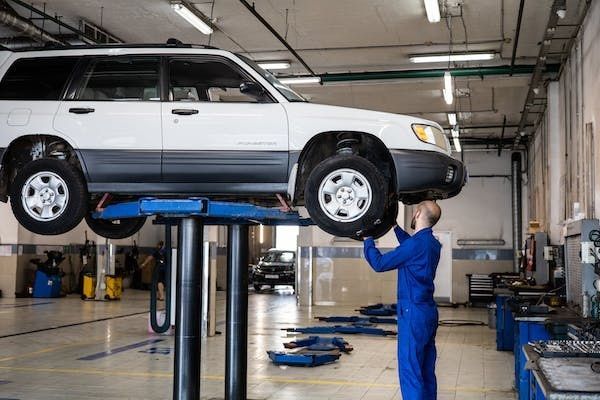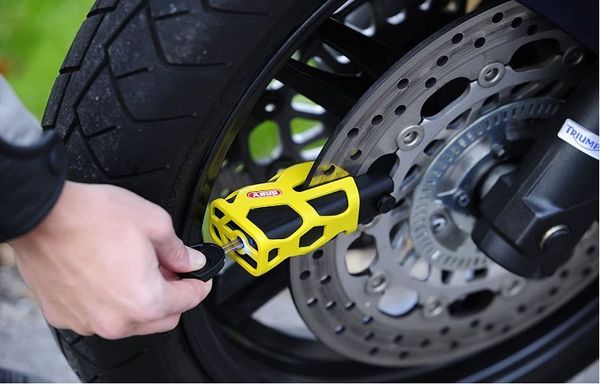Brake fluid plays an important part in a car's braking system. It's the medium that transfers force from the brake pedal to the wheel cylinders. This transfer force continues and pushes the brake pads towards the discs enabling a vehicle to come to a complete stop. The type of brake fluid you use in your vehicle can have a significant impact on performance, especially under high temperatures and severe driving conditions. It's essential to choose a fluid that not only matches your vehicle's specifications but also provides reliable performance to ensure safety.
Understanding Brake Fluid Types
There are several common types of brake fluid (also called hydraulic fluid), each with different properties and performance levels. The most widely used are glycol-based fluids, which include DOT 3, DOT 4, and DOT 5.1. These fluids are hygroscopic, meaning they absorb moisture over time, which can lead to a lower boiling point and reduced effectiveness. On the other hand, silicone-based fluids, such as DOT 5, do not absorb water and are less prone to causing corrosion. However, they are not compatible with all brake systems and can potentially damage paint on painted surfaces.
The Role of Boiling Point
The fluid's boiling point is a critical factor in brake fluid performance. A high boiling point ensures that the fluid can withstand high temperatures generated during heavy braking without vaporizing, which can cause brake failure. Glycol-based fluids typically have a higher boiling point when new but can degrade faster due to water contamination. Silicone-based fluids maintain a stable higher boiling point over time but are not recommended for vehicles with anti-lock braking systems (ABS) due to potential air bubble formation.
Compatibility and Maintenance
Car owners should always refer to the owner's manual to determine the recommended type of brake fluid for their specific vehicle. Using the wrong type can lead to brake system damage or failure. It's also important to regularly check the brake fluid level in the master cylinder reservoir and inspect for leaks in the brake lines. Remove the master cylinder reservoir cap, and if the brake fluid reservoir shows signs of low brake fluid or if the fluid appears dirty, it may be time for a replacement.
Brake Fluid and Safety Features
Modern vehicles equipped with ABS or other advanced safety features require brake fluids that can work properly with these systems. The anti-lock braking system relies on precise hydraulic pressure to prevent wheel lock-up. Using a fluid with the correct viscosity and lubricating properties is essential to maintain the performance and reliability of these systems.
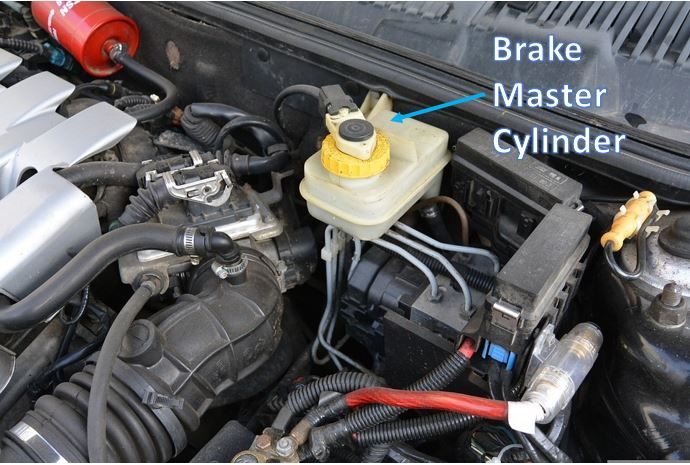
When to Replace Brake Fluid
Brake fluid should be replaced according to the manufacturer's recommendations, typically every 1-2 years. Over time, brake fluid can absorb moisture, leading to a lower boiling point and the potential for corrosion within the hydraulic braking system. A complete flush and replacement of the fluid can prevent these issues and ensure that the brake system continues to function effectively.
Summary
Choosing the best brake fluid for your vehicle is crucial for maintaining optimal braking performance and safety. Understanding the differences between glycol-based and silicone-based fluids, their boiling points, and compatibility with your vehicle's braking system will help you make an informed decision. Regular maintenance and timely replacement of brake fluid are essential to prevent brake system failure and ensure a safe driving experience.
Need help? We've done the research for you and found the Best Brake Fluid on Amazon. Every day, we read hundreds of reviews and try the highest-rated products we have on our list.
Best Brake Fluid - Reviews
The Best
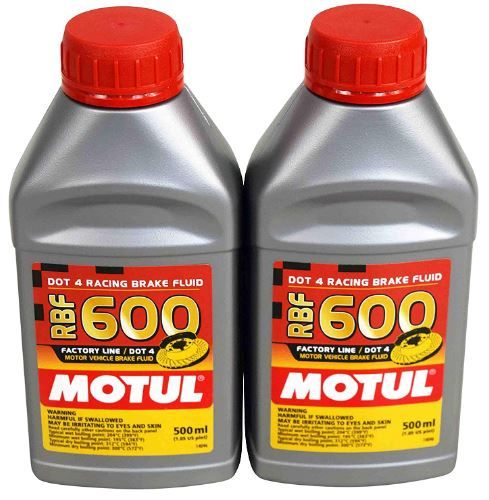
Product information
Discover the exceptional performance of Motul 600 brake fluid, boasting a dry boiling point of 594 degrees F and 100% synthetic composition. Its high boiling point effectively prevents vapor lock and brake fade, surpassing DOT 3 and DOT 4 specifications for reliable performance under intense usage.
Experience superior stability with this brake fluid, engineered to excel under hard conditions and provide unparalleled safety for hydraulic actuated brake and clutch systems.

Can also be used for the hydraulic clutch. Has a high WET boiling point, and corrosion inhibitors.

Some customers received the wrong product. Others received the old 2-year-old stock.
Our Thoughts - Like all the other top brake fluids, this one will do it just as well. It may boil at extreme brake temperatures when racing.

Very Good 2-year-old
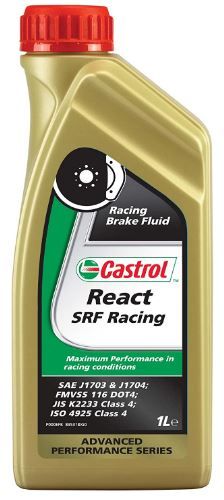
Product information
Uncover the performance of Castrol SRF Racing Brake Fluid, featuring an exclusive European formula renowned for its exceptionally high boiling point and superior anti-vapor lock properties. This brake fluid delivers superior braking, specifically designed to excel under arduous conditions such as racing and rallying, providing unmatched safety and reliability for high-performance vehicles.
Experience peace of mind with a wet boiling point of 270°C and a dry boiling point of 310°C, exceeding both DOT3 and DOT4 specifications for brake fluids, ensuring optimal performance even in the most demanding driving scenarios.

Durable and a great performance. Effortlessly, protects and lubricates the brake assembly.

Again, some customers reported that packaging and shipping need to improve. Some of the containers were also leaking. Very good but a bit pricey.
Our Thoughts - Heavy duty and reliable heavy-duty racing formula. It will last longer than many other brake fluids.

Very Good
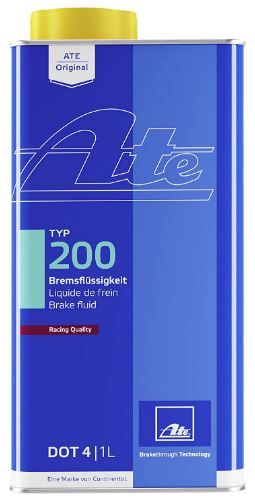
Product information
Explore the cutting-edge features of ATE Original TYP 200 Racing Quality DOT 4 Brake Fluid, including a minimal decrease in boiling point attributed to its exceptional water-locking properties. This brake fluid is non-foaming during the filling and bleeding of the brake assembly, ensuring optimal performance and safety tolerance against steam bubbles under various driving conditions.
Benefit from the excellent corrosion protection provided by selected additives, enabling longer brake fluid change intervals of up to 3 years, making it a reliable choice for maintaining peak braking performance in your vehicle.

It ticks all the requirements. Change intervals are normally every two years with ATE being every 3 years.

Again, some customers reported that packaging and shipping need to improve. The containers were dented and some were leaking.
Our Thoughts - At this level, it will do everything the competition is doing. You may not get the blue color that ATE advertises.

Good
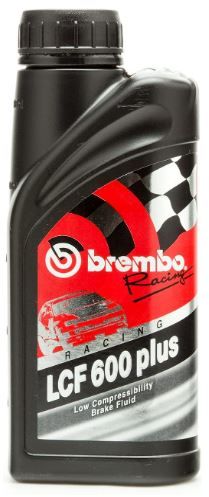
Product information
Brembo LCF 600 Plus brake fluid stands as a specially formulated solution engineered to deliver peak performance across diverse racing conditions. With an independently proven low compressibility at high temperatures, this racing brake fluid ensures consistent and reliable performance, meeting the demands of competitive racing environments.
Experience the exceptional capabilities of Brembo LCF 600+, boasting a typical dry boiling point of 316°C (601°F) and a typical wet boiling point of 204°C (399°F), surpassing the requirements of the US FMVSS 116, DOT 4 specification for unparalleled braking confidence on the track.

Great brake fluid that will get the best out of your brake system. If you have Brembo brakes in your vehicle, this is a must-have.

A bit pricey for what one gets but one pays for quality and the name.
Our Thoughts - A good known name for high-performance brakes. The brake fluid is no different when it comes to performance. It will perform just as well as the bakes themselves.

Good Value
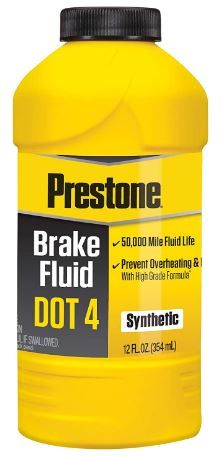
Product information
Discover the versatility of Prestone DOT 3 & DOT 4 Synthetic Brake Fluid, recommended for use in an array of braking systems including ABS, disc, and drum brakes, as well as hydraulic clutches requiring DOT 3 and DOT 4 fluids. This advanced brake fluid not only provides corrosion protection for all metals within the braking assembly but is also compatible with all conventional brake fluids, ensuring seamless integration into your vehicle's braking system.
With its exceptional resistance to fluid vaporization, Prestone Synthetic Brake Fluid substantially reduces the risk of brake failure, offering peace of mind and reliability for your driving experience. Count on this fluid to deliver excellent performance even under high-temperature braking conditions, making it a dependable choice for maintaining optimal braking efficiency.

A good option that is affordable, and gives a good breaking performance and experience.

Some customers reported that packaging and shipping need to improve. Also, some received a mixture of DOT 3 and DOT 4 bottles.
Our Thoughts - It works with most brake systems. It protects the internal areas of the brake assembly from corrosion. Always check the owner's manual to confirm if this fluid can be used in your vehicle.

Good Value
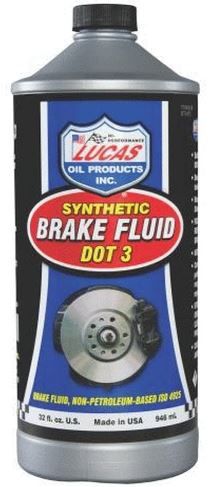
Product information
Experience the exceptional performance of Lucas Synthetic Brake Fluid DOT 4, a top-tier blend of polyethylene glycol ethers and additives designed to meet or surpass the industry's minimum dry boiling point standards. This high-quality brake fluid is fully compatible with all brake system rubber components and other brake fluids, delivering comprehensive protection against seal hardening or softening and effectively stopping absorbing moisture safeguarding against rust and corrosion.
Count on Lucas Synthetic Brake Fluid DOT 4 to provide outstanding lubricity, ensuring smooth and efficient operation within your vehicle's braking system. With its superior formulation, this brake fluid stands as a reliable choice for maintaining peak braking performance while prioritizing the longevity and resilience of essential brake system components.

Can handle the boiling point better and lasts longer than other brake fluids.

Good product but not for all vehicles. Some customers reported that packaging needs to improve.
Our Thoughts - Not all brake fluids are the same. They all have slightly different additives and specs. Works on most brake assemblies, check your vehicle. Always check the owner's manual to confirm.

FAQ Section
How often should I check my brake fluid level?
It's recommended to open the brake fluid reservoir cap and check your brake fluid level at least once every few months or as specified in your vehicle's owner's manual.
Can I mix different types of brake fluid?
Mixing different types of brake fluid is not recommended as it can affect the boiling point and performance of the fluid. Always use the type specified by the vehicle manufacturer.
What are the signs that my brake fluid needs to be replaced?
Always check the manufacturer's recommendations, and as stated previously typically every 1-2 years. Indicators that your brake fluid needs replacement include a change in the fluid's color to a dark, murky appearance.
Looking for additional automotive essentials?
Check out our other articles!
